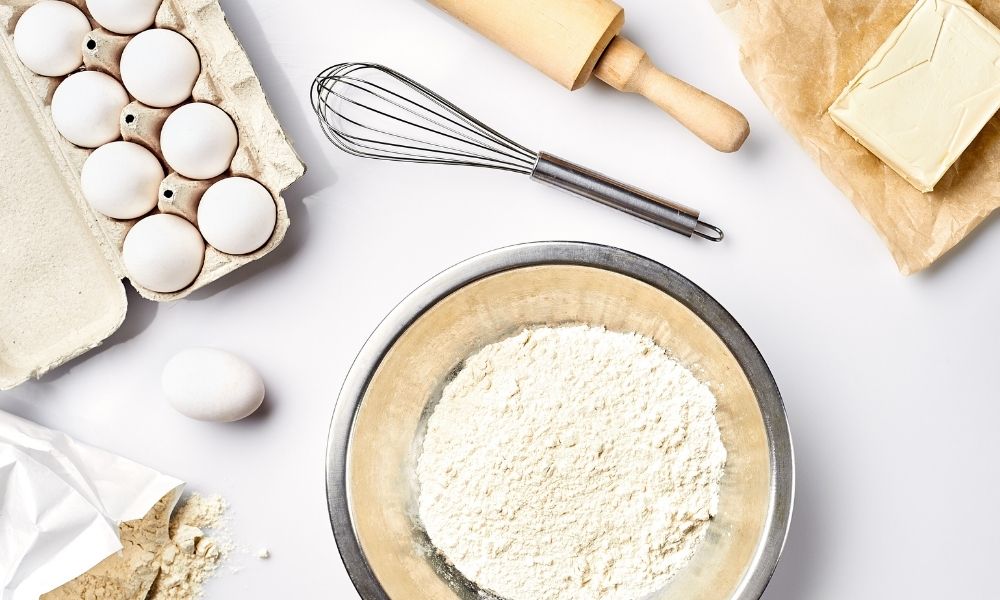If you haven’t already added baking emulsions as a top item in your baking cabinet, now is the time to invest in this essential product. Baking emulsions contain water-based flavor extracts that add potent and delicious pops of flavor into your favorite baking desserts and recipes. Not sure how to use these flavor extracts? We’ve got you covered!
In this blog, we’re sharing our guide on how to use baking emulsions properly. Let’s get started!
Using Emulsions vs. Concentrates
If you have a passion for baking all types of desserts, then it’s crucial that you know the difference between using flavor concentrates and flavor emulsions in your recipes. The main difference between emulsions and concentrates is that emulsions are water-based, whereas concentrates are alcohol-based.
The water-based extracts of baking emulsions are what make this ingredient ideal for baking recipes that include heat. Whereas alcohol-based concentrates lose their flavor during a heating process, emulsions do not lose their flavor regardless of baking time.
Add Emulsions to Your Recipes
Now that we understand the difference between concentrates and baking emulsions, let’s review how to use baking emulsions properly in our recipes. First, you’ll have to pick out a specific flavor emulsion to add to your dessert. Then, once you’ve found the perfect flavor to add to your recipe, you’ll measure how much extract to include in your recipe.
When adding emulsions to your desserts, a common rule is to equate your emulsion measurement to the extract measurements of a recipe. For example, if directions state that you should add one teaspoon of vanilla extract into your baking bowl, instead add one tablespoon of your baking emulsions.
How Not To Use Baking Emulsions
While there is plenty of room for creativity and freedom to explore while using baking emulsion in your recipes, there are several essential ingredient combinations to avoid with baking emulsions. For example, many new bakers make the mistake of using emulsions in chocolate or hard candy recipes.
If you plan to bake hard candy or chocolate, please use flavor concentrates instead of baking emulsions for these recipes. The alcohol-based extracts of flavor concentrates will be more beneficial to add to your hard candy or chocolate recipe. Instead, practice adding baking emulsions to frostings, cupcakes, and other baking desserts.
We hope our guide on how to bake with flavor emulsions has been beneficial. Before starting your next recipe, browse Get Suckered’s website to explore the different flavors you can add to your next dessert.

